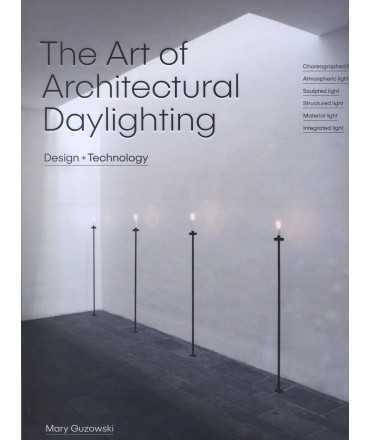Producto añadido correctamente a su carrito de la compra
Cantidad
Total
Hay 0 artículos en su carrito. Hay 1 artículo en su carrito.
Total productos:
Total envío: A determinar
Total
Seguir comprando Ir a la caja
- Menú
- Ofertas
- Tiendas
- Papelería
- Librería
- Espacios
- Gourmet
- Urban
- Juegos
- Singulares
- Informática
- Agenda
Producto añadido correctamente a su carrito de la compra
Cantidad
Total
Hay 0 artículos en su carrito. Hay 1 artículo en su carrito.
Total productos:
Total envío: A determinar
Total
Seguir comprando Ir a la caja
- Menú
- Ofertas
- Tiendas
- Papelería
- Librería
- Espacios
- Gourmet
- Urban
- Juegos
- Singulares
- Informática
- Agenda
The Art of Architectural Daylighting
During the past decade there has been a tremendous growth in daylighting analysis methods, allowing designers to meet ever higher standards. But in relying too heavily on these methods, there is a risk of reducing daylighting design to a quantitative exercise, overlooking the qualitative, aesthetic, and experiential aspects of design. This book reveals how architects have bridged the poetic and practical potential of daylighting to create exquisitely illuminated spaces.
0000082787
| Autor | GUZOWSKI, Mary |
| Editorial | varis |
Envío en 24-48 horas, días laborables
Devoluciones en 30 días
¿Tienes dudas? Tlf. 93 224 39 32


